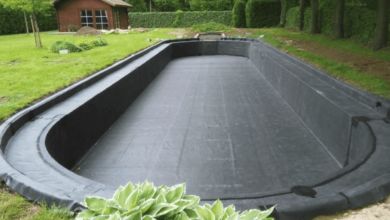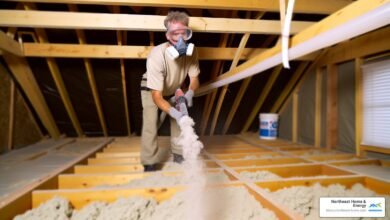Wind and Hail Damage: How to Prevent Costly Repairs

Wind and hail are very damaging to homes. Cracked roofing, smashed windows, and damaged siding can create severe property damage that needs rapid treatment. Fortunately, proactive measures can help homeowners minimize the impact of storms and reduce repair costs. If you’re looking for effective ways to safeguard your home, understanding the essentials of storm damage repair in Charlotte is crucial for long-term property protection.
Understanding the Impact of Wind and Hail Damage
High winds can tear off roof shingles, weaken structural components, and even topple trees onto homes. Similarly, hailstorms can leave behind broken windows, dented metal surfaces, and significant roof damage. Even small hailstones can create tiny fractures in roofing materials, leading to water infiltration and mold growth over time. These issues not only affect a home’s structural integrity but can also lower property value if left unaddressed.
Preventive Measures to Minimize Wind and Hail Damage
Taking the right precautions can help protect your home from costly storm-related repairs. Here are some practical steps homeowners should consider:
1. Reinforce Your Roofing System
Your roof is the first line of defense against severe weather, making it essential to strengthen it against wind and hail damage. Here’s how:
- Use impact-resistant shingles: Modern roofing materials, such as Class 4 impact-resistant shingles, offer better durability against hail damage.
- Secure loose shingles: To avoid water entry, check and secure loose or missing shingles regularly.
- Install a secondary water barrier: A protective underlayment beneath the shingles can help prevent leaks even if the roof sustains minor damage.
2. Protect Windows and Doors
Hail and strong winds can break windows and compromise door structures, leading to expensive repairs. Protect these vulnerable areas by:
- Installing storm shutters: These can shield windows from flying debris and hail impact.
- Using impact-resistant glass: Reinforced glass windows are designed to withstand high winds and heavy hailstones.
- Sealing entry points: To stop water intrusion during storms, make sure all windows and doors are securely shut.
3. Trim Trees and Secure Outdoor Items
Overgrown trees and unsecured outdoor furniture can become hazardous during storms. Prevent wind-related damage by:
- Trimming tree branches: Weak or overhanging limbs should be cut back to reduce the risk of breakage.
- Securing loose objects: Patio furniture, grills, and garden tools should be anchored or stored indoors before a storm hits.
4. Strengthen Siding and Gutters
Strong winds can rip off siding and clog gutters with debris, leading to water damage. Prevent these issues by:
- Installing impact-resistant siding: Materials like fiber cement siding are more durable than traditional options.
- Cleaning gutters regularly: Keeping gutters clear prevents water buildup that could cause roof leaks or foundation problems.
- Adding gutter guards: These prevent clogging and ensure proper water drainage during storms.
5. Conduct Regular Home Inspections
Routine maintenance and inspections help identify minor issues before they escalate into costly repairs. Homeowners should:
- Check for roof damage: Look for missing, curled, or cracked shingles after storms.
- Inspect attic spaces: Moisture or leaks in the attic may indicate underlying roof damage.
- Examine exterior walls and foundations: Cracks or loose siding could be signs of structural weaknesses that need attention.
What to Do After Wind or Hail Damage Occurs
Despite taking preventive measures, storm damage can still happen. If your home experiences wind or hail damage, follow these steps:
- Assess the damage safely: Walk around your property to look for visible signs of damage, but avoid climbing onto the roof yourself.
- Document everything: For insurance purposes, record the damage using pictures and videos.
- Schedule a professional inspection: An expert can find problems that aren’t obvious and suggest the best way to handle them.
- Act quickly on repairs: Delaying necessary repairs can lead to further structural deterioration and increased costs.
Final Thoughts
Maintenance and preparation are needed to protect your home from wind and hail damage. By strengthening your roof, fastening windows and doors, removing trees, and inspecting regularly, you can reduce severe weather threats. Additionally, when storm damage repair in Charlotte becomes necessary, seeking professional assistance ensures your home is restored quickly and efficiently. Investing in preventative measures today can save you from costly repairs in the future.




